Is Skydiving Bad for Your Knees?
Skydiving Tips
Posted by: Wisconsin Skydiving Center 2 years ago
Skydiving can be bad for your knees, but so can jumping rope, or … bowling! Have you ever tried to do that cool slide move that the pro-bowlers do when they throw the ball? Ouch. One reason skydiving is fun is because it involves calculated risk, and when executed properly, skydiving can be easy on the knees! That’s how people continue to jump for years and years … and years. Let’s talk through the steps of a jump, so you (and your knees) know exactly what’s coming.
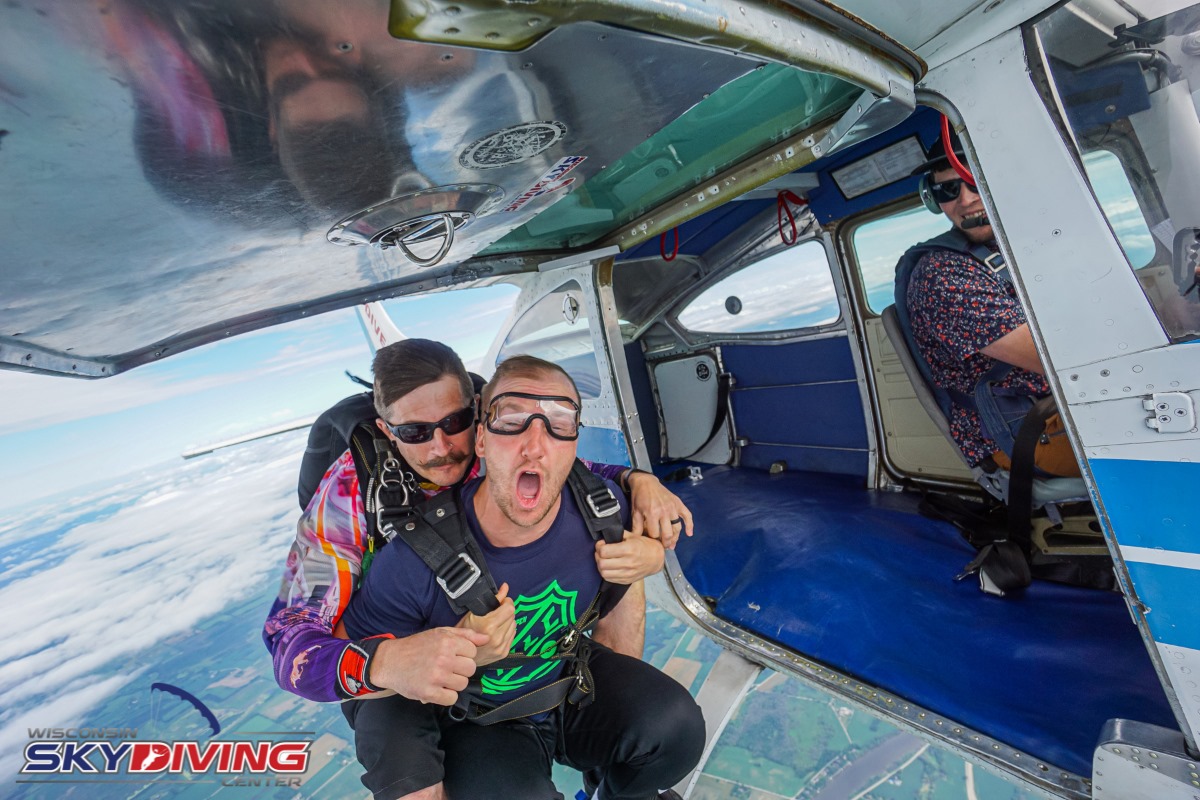
1. Introduce Yourself to Ben Dover
Ben Dover … bend over, get it?
The first part of the jump that will affect your knees is getting into the aircraft. Jump planes are smaller and obviously a bit unconventional (um, removable door?!) compared to commercial jets. We have THREE gorgeous Cessna 182s that we use as our jump planes. In order to get situated in the plane, bending at the knees, back, and hips is required, so you don’t bump your noggin! You will most likely sit in a position that requires your knees to be bent for the duration of the ride to altitude.
2. Send It!
Your knees will continue to be bent for the launch of the skydive. After this, you will assume the relaxed arch (most common belly-to-earth) position, and this will not have any strain on your knees. The same goes for the canopy ride, no pressure on the knees, just breathing in the beautiful views!
3. Comin’ In Hot
Okay, you just freakin’ SKYDIVED.
Now comes the hard part … landing. Your tandem skydiving instructor is highly skilled and has successfully landed a canopy at least 500 times, so you’re in good hands. However, tweaked knees can occur on landing, as this is the part of the skydive where they experience the highest amount of downward pressure. Read on …

Landing (The Most Important Part!)
As a student during a tandem skydiving landing, there are two ways that you could be asked to land.
Feet and Knees UP
This type of landing will leave you in a sitting position. You’ll be asked to lift your legs, feet, and knees, resulting in a piked position, and then do a super-cool slide in for landing. This will allow the instructor to efficiently land the canopy without fear of stumbling over your feet and will greatly decrease risk of injury.
Standing
A stand-up landing may be used in windy conditions. Windier conditions mean that the parachute won’t have as much forward drive, and if you tried to slide in you’d just result with an uncomfortable landing on the booty. Basically, your instructor will start to walk out the landing and will inform you on when to reach your feet to the ground. It’s simpler than it sounds, don’t worry.
The absolute biggest tip we can give you to ensure you have the smoothest skydive possible is to listen to your instructor. While this rings true for the entirety of the jump, it is especially true on landing.
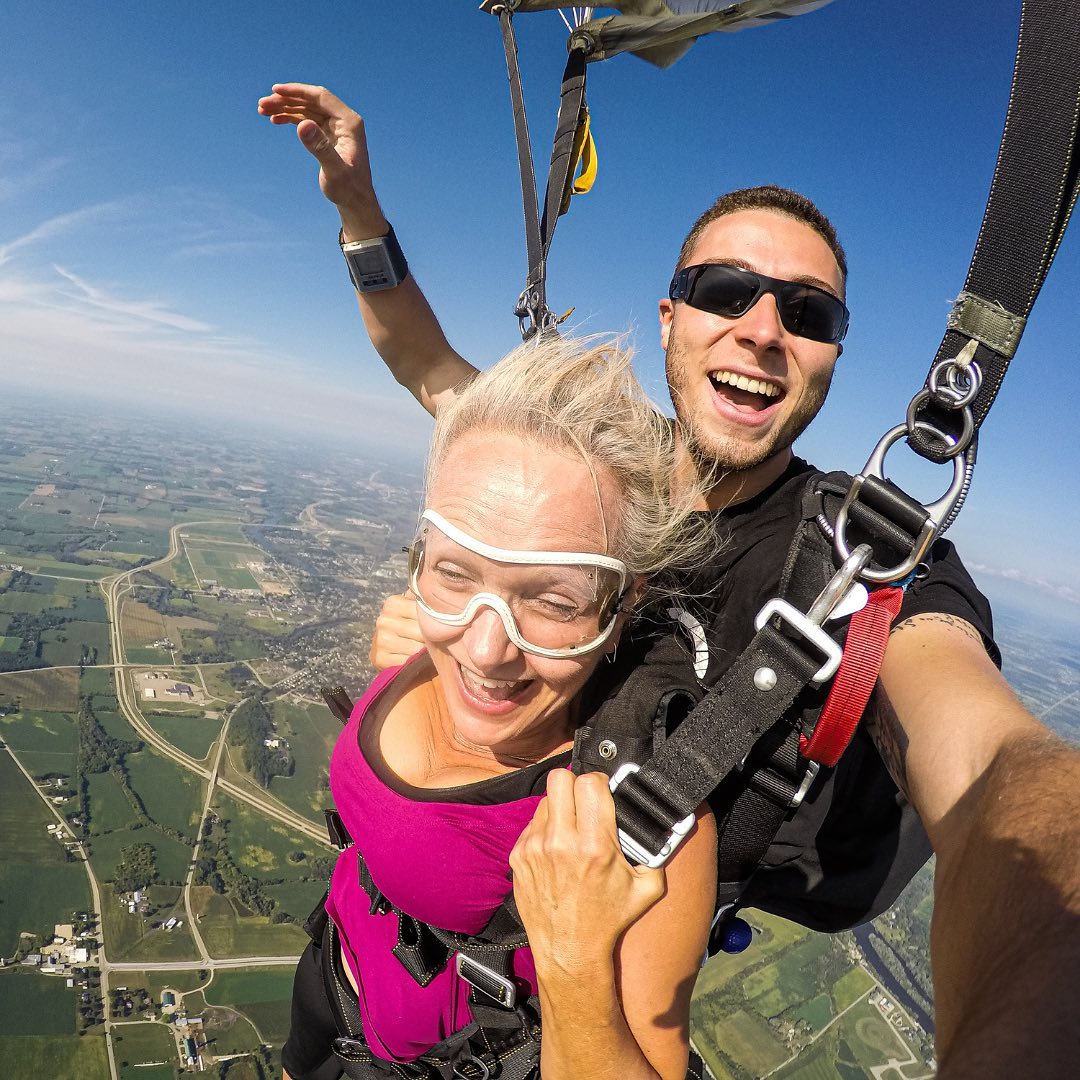
What to Expect on a Tandem Landing
- You’ll significantly SLOW DOWN, meaning your forward speed and descent rate will decrease. How fast will you be going when landing? About 1 to 5 mph … nothing you can’t handle!
- Your instructor will tell you what to do with your legs! What happens if you don’t lift your legs upon landing when you’re supposed to? Basically this would create a tripping hazard, which is a bad time for everyone involved, especially your feet, ankles, and knees … and those of your instructor!
- Your instructor will “flare” the canopy. This means they will pull the steering lines of the canopy downward toward their hips, and this will cause the canopy to decrease even more in speed, and eventually stop all forward motion.
- You’ll land (yay!)
- You’ll think “Oh my GOSH… I just skydived!” You’ll be straight-up awestruck, and want to go back up! Be sure to get all this on video so you can relive it again and again!
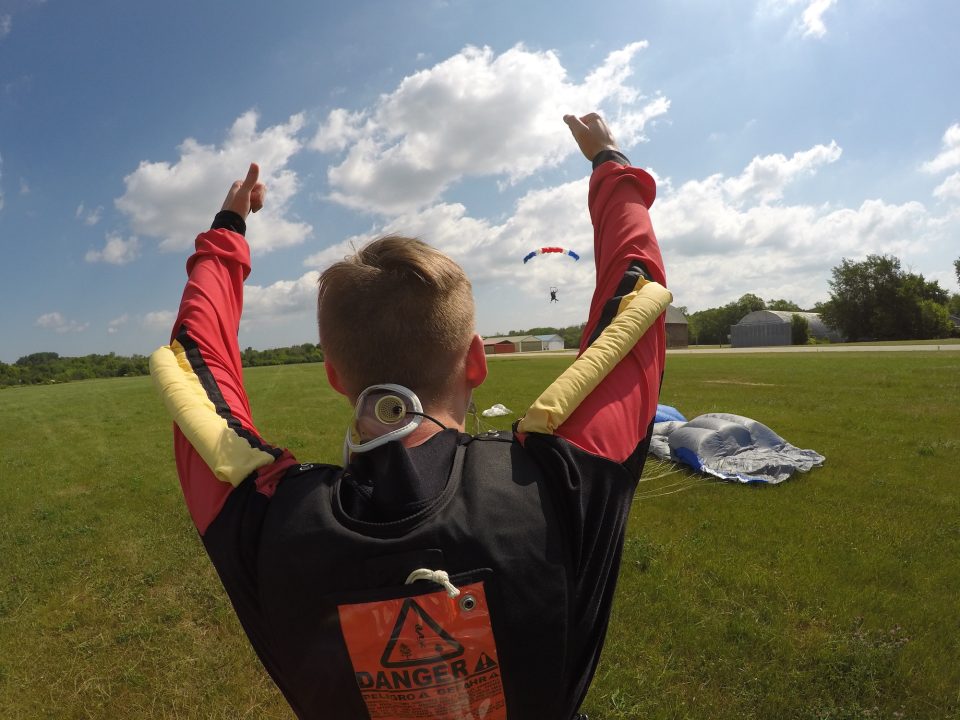
Can I Skydive If I Have Bad Knees?
Sure! If you have bad knees, or any health challenge you’re concerned about, talk with your doctor about skydiving before you book your jump and be sure to mention it to our team. Please don’t wait until we’re in the door, about to exit and yell, “Oh yeah, I had knee surgery BTW!!” Your safety is our #1 priority, and if we know about any previous conditions beforehand we’ll be able to go about the skydive in the most comfortable way possible for you.
Is Skydiving Physically Demanding?
To an extent, yes, you have to be somewhat physically fit to skydive. But do you need to be a triathlete to complete a skydive successfully? No! If that were the case, literally 99% of skydivers would not be in the sport. Skydiving puts stress on your body mentally through adrenaline, and physically through being in positions you usually wouldn’t be in otherwise.
Ready to get your knees in the breeze? Come jump with us!!
Categories:
You May Be Interested In:
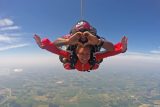
23 of the Best Skydiving Quotes and Captions for Social Media
2 months ago by Wisconsin Skydiving Center
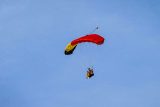
What Is Swooping In Skydiving?
4 months ago by Wisconsin Skydiving Center
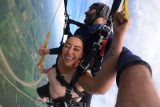
Why is Starting Out Tandem Skydiving a Good Idea?
12 months ago by Wisconsin Skydiving Center
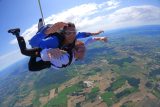
Should You Tip Your Skydiving Instructor?
1 year ago by Wisconsin Skydiving Center